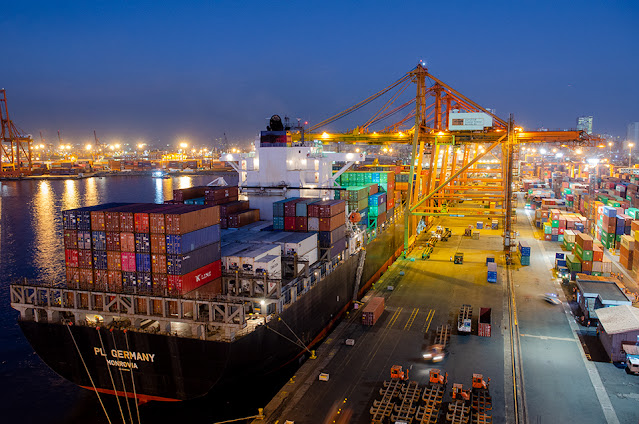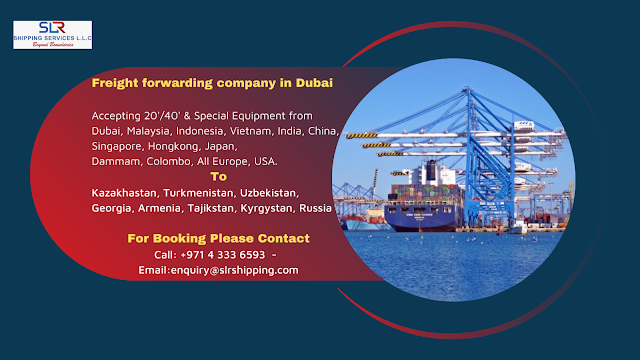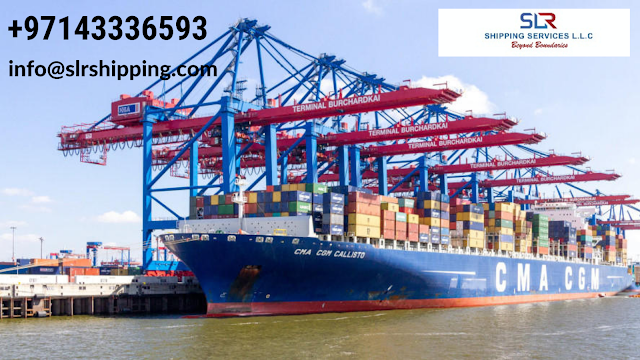A complete guide to LCL shipment | SLR shipping
 |
| SLR shipping |
If you're an exporter or importer, you may have heard the term LCL while
looking for freight
forwarding services that will transport your cargo in small
quantities. LCL full form is "less than container load." It varies
from another widely used term in international logistics – FCL, short for
"full container load" and is meant for large shipments.
As you might already know, LCL is endorsed as a safe way to ship cargo
in moderate volumes while being cost-effective. While this is mostly true, it
is essential to fully understand the LCL shipping process in its
entirety.
What is LCL?
The LCL shipping term is an acronym for less-than-container-load, which
means that your cargo travels in a shipping vessel with those belonging to
other shippers when you ship with this. You may have the biggest shipment in
the container or the smallest, or it may fall somewhere in between, but
the freight forwarding companies will never hold the cargo alone.
LCL is a preferred mode of ocean freighting for many SMEs. They ship in
lower volumes than their bigger competitors and may not find it practical to
accumulate sufficient shipments to fill a container.
What is the difference between LCL and FCL?
The primary difference between FCL and LCL methods is in the use of
shipping containers. LCL is as explained above. In contrast, when you use a
full-container-load service, the freight forwarding company will
provide you with a container exclusively for your cargo.
This difference means that the LCL process for International shipping is
also different from FCL, involving more time, handling, and overall complexity,
and different fee structures, which can seem more complicated if you're
unfamiliar with it.
Unlike FCL shipping, you will not get a container into which you can
load your goods directly. Instead, the consignment will need to be collected
from where you store or prepare it and delivered to a warehouse. There it will
be included with other shippers' goods to create a full container load.
 |
| SLR shipping |
What is the process of LCL?
Groupage is the initial activity that increases the time needed for LCL
transport because the cargo must be unloaded from a train or truck and received
into a warehouse. It may then put in storage for a time while the freight
forwarding company waits
for other consignments to arrive for groupage.
Next, the consolidator will combine your cargo with other shippers' to
fill a cargo container. After this activity is completed, your shipment moves
to a port for export clearance and loading onto a vessel.
In some cases, freight forwarding companies may
transfer LCL shipments from one container to another during the global stages
of transportation. Even if that isn't the case, after arrival and import
customs clearance at the discharge port, the container must go to another
consolidation warehouse for unloading. That' is the term used for describing
the process of unloading the container and separating its contents into
consignments.
As the final stage, your freight must be loaded onto another vehicle and
transported to its place of destination.
What are the benefits of the LCL shipping method?
There are several benefits to shipping LCL:
- LCL is cheaper than
air freight, so if you have some time to wait for your shipment, you can
lower shipping costs dramatically
- Shipping fewer goods more means spending less on inventory space.
- When you ship LCL, you have to pay only for the volume you need- not a flat rate like FCL.
- During peak season when capacity is near-full, LCL is easier to find and is faster than FCL.
Below are the main drawbacks of LCL
- LCL cargos are handled more, which increases the chances of damage.
- LCL shipments are more costly per cubic meter than FCL – sometimes twice as much.
- Other shipments'
customs delays may cause the cargo to be delayed along with them.
- LCL shipments need to be unloaded and loaded from containers, which adds a few days to the journey.



Comments
Post a Comment